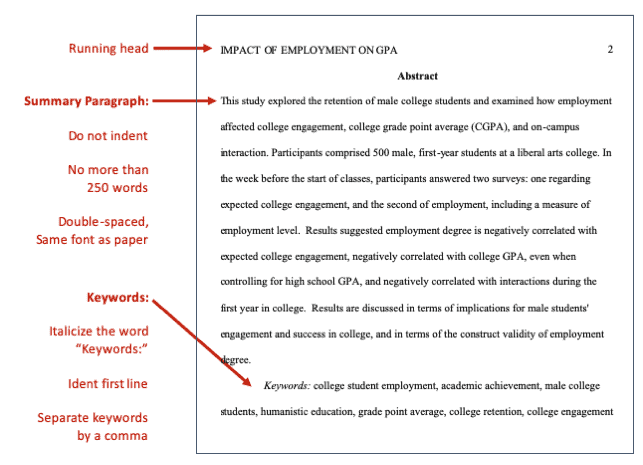
Number all tables sequentially as you refer to them in the text (Table 1, Table 2, etc.), likewise for figures (Figure 1, Figure 2, etc.).

Integrity and IndependenceĮach table and figure must be intelligible without reference to the text, so be sure to include an explanation of every abbreviation (except the standard statistical symbols and abbreviations). If you are using figures, tables and/or data from other sources, be sure to gather all the information you will need to properly document your sources. Focus only on the important point the reader should draw from them, and leave the details for the reader to examine on their own. Relation of Tables or Figures and Textīecause tables and figures supplement the text, refer in the text to all tables and figures used and explain what the reader should look for when using the table or figure. Ask yourself this question first: Is the table or figure necessary? For example, it is better to present simple descriptive statistics in the text, not in a table. Visual material such as tables and figures can be used quickly and efficiently to present a large amount of information to an audience, but visuals must be used to assist communication, not to use up space, or disguise marginally significant results behind a screen of complicated statistics. Tables are any graphic that uses a row and column structure to organize information, whereas figures include any illustration or image other than a table. The purpose of tables and figures in documents is to enhance your readers' understanding of the information in the document usually, large amounts of information can be communicated more efficiently in tables or figures.

The equivalent resources for the older APA 6 style can be found at this page as well as at this page (our old resources covered the material on this page on two separate pages).

#CITE APA FORMAT EXAMPLE MANUAL#
Note: This page reflects the latest version of the APA Publication Manual (i.e., APA 7), which released in October 2019.


 0 kommentar(er)
0 kommentar(er)
